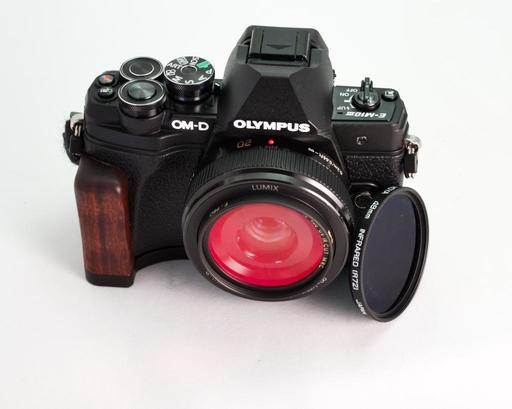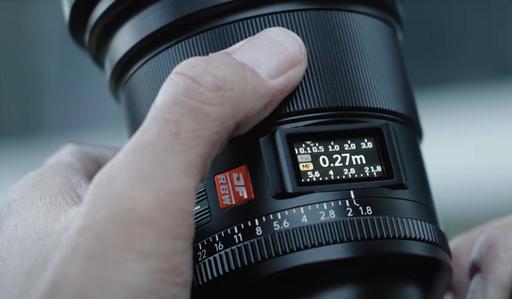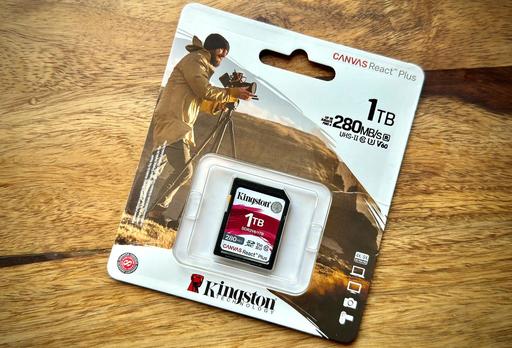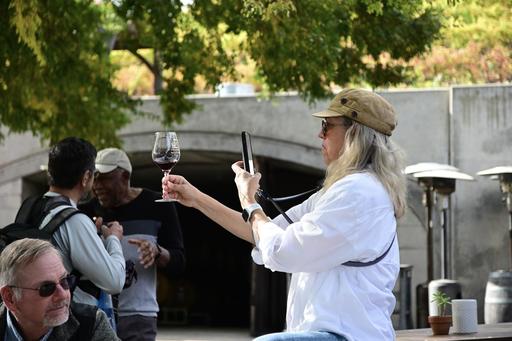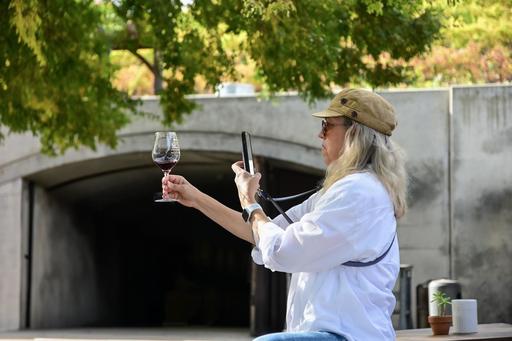This is The Digital Story Podcast #953, June 25, 2024. Today's theme is "How to Buy an Infrared Camera." I'm Derrick Story.
Opening Monologue
Infrared photography is exciting and is an excellent way to get the creative juices flowing. But finding the right camera for you might appear daunting at first. There are so many options! Fear not. After today's TDS Photography Podcast, you will know exactly what to look for. I hope you enjoy the show.
Tune-In Via Your Favorite Podcast App!
Apple Podcasts -- Spotify Podcasts -- Stitcher
Podbean Podcasts -- Podbay FM -- Tune In
How to Buy an Infrared Camera
This week we have class presentations for our Infrared Photography Workshop. More than 20 participants will share their favorite IR images. We will see everything from some of the most stunning B&W that you can imagine, to other-worldly colors and compositions. And the cameras used to create this art are as varied as the photographers themselves.
Choosing the right camera for infrared photography can seem overwhelming at first. Can you use your existing camera? Should you get one converted? And if you do get a converted camera, which options should you select?
Basic Understanding of Infrared Photography
Let's start with a basic understanding of what infrared photography is. Here's what our friends at Kolari Vision say.
"Infrared photography is a look into the invisible world. The human eye can see wavelengths from about 400nm-700nm (from purple to red). Infrared light exists in the wavelengths beyond 700nm.
An infrared photography camera is specially designed to capture images in the infrared spectrum, revealing unique and often ethereal details that are invisible to the naked eye.
IR photography can be done with either infrared film or a digital camera and typically involves near-infrared light, typically in the 590nm-850nm range. This is different than thermal infrared, which images far into the infrared spectrum.
Infrared photography produces some very distinct effects, which make it aesthetically pleasing. The most striking difference is the "Wood Effect," where leaves reflect infrared light, giving them a bright white hue in IR photos. This effect is named after photographer Robert W. Wood, who is considered the father of infrared photography.
This effect is utilized in landscape photography to produce surreal color landscapes or high-contrast black and white photographs."
Which Cameras Work Best?
Photographers can begin experimenting with infrared photography with their existing cameras and a 720nm filter. Some cameras perform better than others, but all visible light cameras will struggle with very long exposures and high ISO settings because the 720 filter is very dense. An unconverted digital camera can only shoot IR in 720nm or 850nm.
But, you can get a taste of IR, and that often leads to wanted to get a converted camera that is far easier to use. What is a converted camera and where can you get one?
We recommend Kolari Vision for converted IR cameras. They can work on one you already have, or you can buy a camera that's already been converted. But what does that mean?
"With an infrared conversion, the camera's internal hot mirror is removed and replaced with a filter that only lets infrared light through. This allows for handheld infrared shots with normal exposure times and low ISO. A converted digital camera is the only way to take good digital infrared portraits, as the subject no longer has to stay perfectly still for a long exposure."
With a full-spectrum conversion, the camera's internal hot mirror is removed and replaced with a clear glass filter. This makes the camera sensitive to UV, visible, and IR light. This is an excellent option for someone who doesn't want a camera devoted to only IR. Using various external filters, the camera can take pictures in regular, infrared, or UV light.
I highly recommend a full-spectrum conversion of a mirrorless camera. This gives you access to a wide variety of infrared wavelengths via filters, allow you to see the effect in real-time in the electronic viewfinder, and provides for regular visible light photography via an external hot mirror filter.
If you opt for a full-spectrum conversion, the next thing to consider is whether you will shoot color or not.
If you plan to shoot only B&W, then the 720nm and 850nm filters are the best choices. If you plan to shoot color even occasionally, consider a 590nm or 665nm filter.
When choosing between 590nm, 665nm, and even 720nm, the first consideration is your aesthetic preference. If you like the yellow leaf effect, you should choose the 590nm or 665nm option. If you want to shoot regular color shots with white leaves and blue skies, then the 720nm ir filter is probably right for you.
The Right Lens Makes a Big Difference
Another thing to consider is the lens that you will use with the filter. Some lenses perform better than others for infrared. Some lenses are prone to hotspots that require touchup in post production. Kolari maintains a lens hotspot database to help you decide with optic will work best for you.
The other thing to consider is filter diameter. The cost of IR filters can really add up, and a smaller diameter filter, such as 37mm, is far more affordable than a larger diameter option such as 72mm. Choosing a lens with a smaller filter diameter will save you lots of money.
Additional Filters to Consider
Most photographers fall in love with a specific wavelength such as 590nm or 720nm. But if you have a full-spectrum conversions, there are other options to explore as well.
The IR Chrome filter achieves the look of Kodak Aerochrome IR film, straight out of camera without the need to channel swap. There are no special settings nor post production requirements.
The IR Cut Hot Mirror II filter provides for visible light photography with a full-spectrum conversion. The beauty of this is that you only need to carry one camera body for both your IR and visible light work.
Wrapping Up
For the best experience with the most options available to you, I recommend a full-spectrum converted mirrorless camera with one or two small diameter filter lenses. The number one filter I recommend is the 720nm because it's great for both B&W and soft color photography. My second favorite filter is the IR Chrome. And I suggest a Hot Mirror II as well.
All of this information, plus cameras and filters for sale, can be found at the Kolari Vision website.
Alice Camera, the AI-enhanced Micro Four Thirds camera, ready to ship
You can read the entire story on DPReview.com.
SOLD OUT! The Pentax 17 is already out of stock in Japan
You can read the entire story on DigitalCameraWorld.com.
Virtual Camera Club News
The Nimble Photographer Newsletter is now publishing every Thursday. Readers will enjoy a variety of content spanning from short photo essays, to commentary on weekly events, to reviews of the latest and coolest photo gear.
Inner Circle Members: A big thanks to those who support our podcast and our efforts! We are having a blast at our new Inner Circle hangout, the private group I've set up at DerrickStoryOnline. We'd love it if you join us. You can become an Inner Circle Member by signing up at our Patreon site. You will automatically be added to the new hangout.
Great Photography Articles on Live View - If you check out our publication and appreciate what you see, be sure to follow us and clap for those authors. You can find us at medium.com/live-view.
If you're interested in writing for Live View, drop me a line at dstory@gmail.com.
The New Donation Kit for Carefree Shipping of Found Film Cameras - If you've discovered a film camera that's no longer being used, our new Donation Kit makes it easy to pack and ship. Just visit the Contact Form on thenimblephotographer.com, click the box next to Donating a Film Camera, and let me know what you have. In your note, be sure to include your shipping address.
Affiliate Links - The links to some products in this podcast contain an affiliate code that credits The Digital Story for any purchases made from B&H Photo and Amazon via that click-through. Depending on the purchase, we may receive some financial compensation.
Red River Paper - And finally, be sure to visit our friends at Red River Paper for all of your inkjet supply needs.
See you next week!
You can share your thoughts at the TDS Facebook page, where I'll post this story for discussion.
